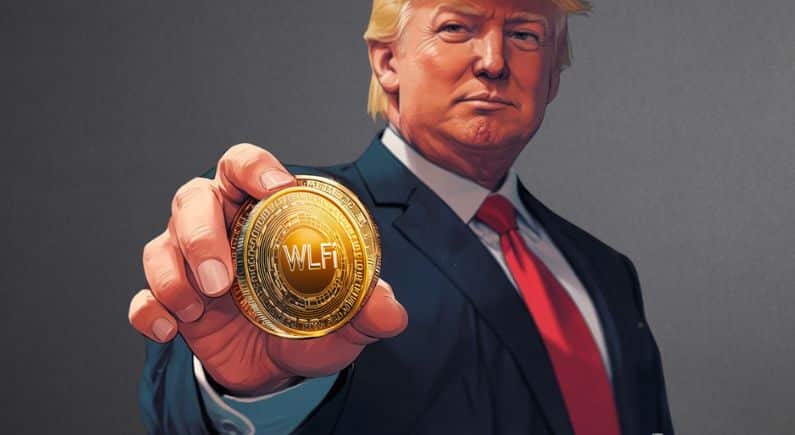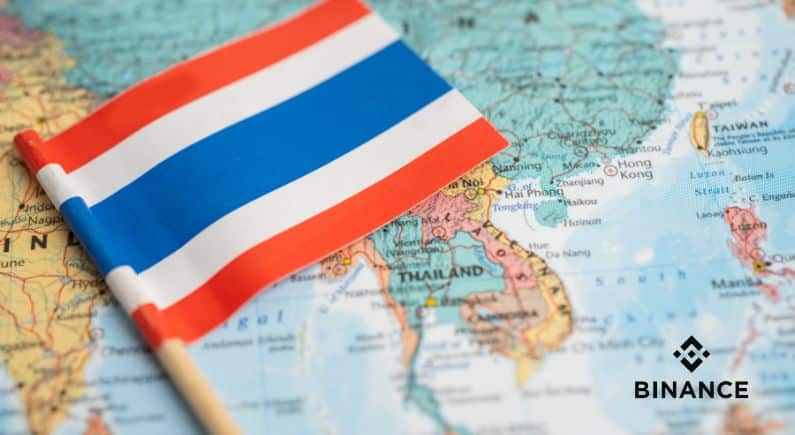Brazil’s President Lula calls for a more united South America

Six months into his new term in office, Brazilian President Luiz Inácio Lula da Silva better known as ‘Lula’ is calling for a collaboration with other South American Leaders for economic and political integration.
At a summit for South American leaders held on 30 May, Lula is spearheading the revival of the Union of South American Nations that was created in 2008 but has been dormant since 2018.
Regional Currency and new Central Bank of South America
Another important incentive for countries to commit to South American integration is the probable implementation of a common currency and a one payments system. This would be in addition to member states’ national currencies — a mechanism comparable to the European Currency Unit (ECU) before the euro was established. Such a currency for South America, which in known as the “sur,” would be issued by a new Central Bank of the South.
A regional currency would greatly contribute to South America’s consolidation as a regional bloc. The international monetary hierarchy is currently lead by the US dollar, followed by the Euro, British pound, Renminbi and yen and then by the currencies that have swap lines with the US Federal Reserve.
Creation of work in the region
Lula’s effort to revive UNASUR is an effort to raise Brazil’s international profile and its reputation. He has offered himself as a mediator between Russia and Ukraine, even as he has visited Moscow but not Kyiv, and has show support for Russia’s cause. Lula has also been of the opinion to come up with an alternative to the dollar in order to finance international trade. He is also aiming at Brazil being given a permanent seat on the Security Council.
South American foreign ministers are coming together to form a group that will evaluate the advantages of integration. The countries also identified key areas for cooperation that could jumpstart the integration process, such as a regional free trade zone, infrastructure, food security, national security, the protection of the environment, employment and the creation of work.
A number of large corporates in the US have been finding it difficult to fill job vacancies and for this reason they set up offices in Latin America, a choice made due to the convenience of being in the same time zone. Support services, engineering teams, manufacturing companies and calls centres of American companies are now based in offices in Brazil, Argentina and Peru. ‘Nearshoring’ as it is called is benefitting countries throughout the LatAm region.
Fusing the best talent in the digital era
The integration of Latin America will have a positive impact on innovation and emerging technology. Technology could be the best agent for change and the integration of South American nations. With integration, emerging technologies will be able to lead the region in innovation. Artificial intelligence, machine learning, conversational systems are quickly permeating Latin America. What better chance could there be for entrepreneurs and investors than a collaboration between South American countries.
Lula’s hopes to become the region’s leader may require some persuading as not all of Latin America necessarily see him as a viable leader for the region.
Related topics:
Rishi Sunak pledges to make the UK the safest global AI hub (aibc.world)
Brazil’s Nubank launches Mexico office with one million accounts (aibc.world)






